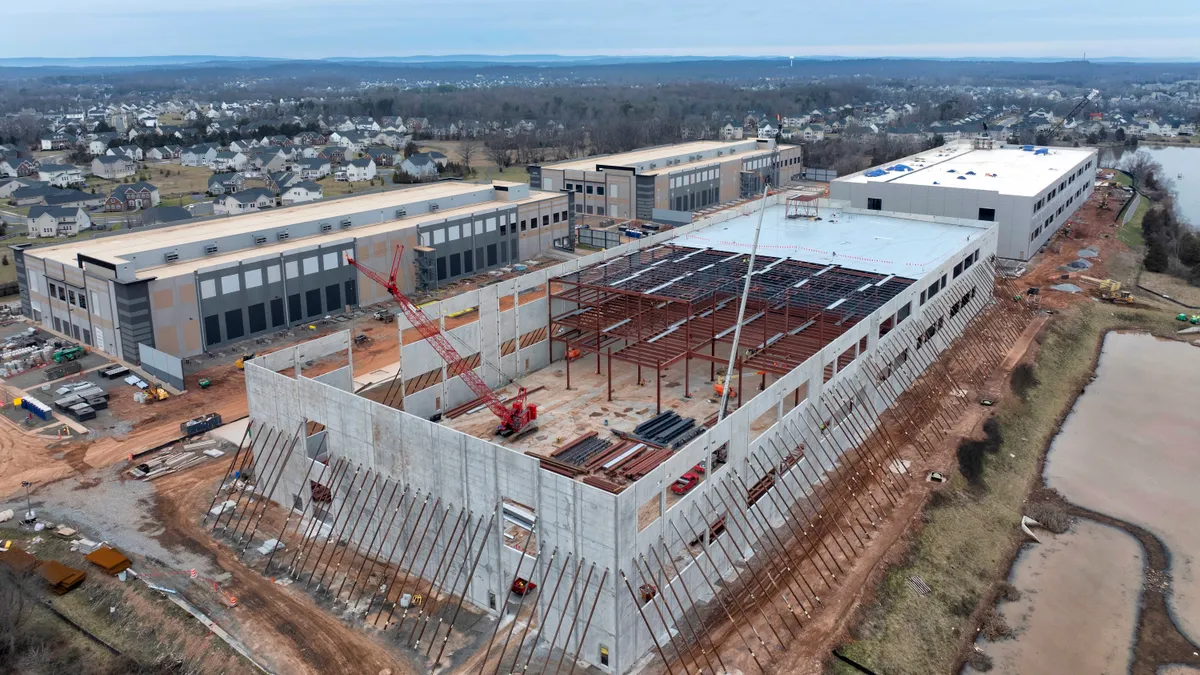Dive Brief:
- Global cloud spending increased by $60 billion year over year to $330 billion in 2024, according to Synergy Research Group data published Thursday. The market for cloud infrastructure services increased to $91 billion during the fourth quarter, up $17 billion from the prior year.
- Generative AI was a major mover, accounting for roughly half of the $102 billion the market has added since 2022, the year OpenAI released ChatGPT, SRG Chief Analyst John Dinsdale said. “The technology might be expensive, but it is creating new services that are bringing in tens of billions of dollars for the cloud providers,” he said in the report.
- AWS continued to dominate cloud in 2024, ending the year with a 30% share of the global market and $107.6 billion in revenues. Microsoft and Google Cloud remained the second and third largest providers, with 21% and 12% of the global market, according to SRG.
Dive Insight:
As generative AI tools boosted cloud consumption, hyperscalers mounted a rapid response, increasing infrastructure investments to support the technology.
AWS, Microsoft and Google committed tens of billions of dollars to data centers, high-performance chipsets and networking gear optimized for AI workloads. Total capital investments among the three providers surpassed $200 billion last year, with the majority going toward cloud infrastructure, according to SRG.
“To be one of the main players you have to have a substantial data center footprint and assets in many country markets around the world, and many regions of the US,” Dinsdale told CFO Dive sister publication CIO Dive. “Whether you are building your own data centers or leasing — and the hyperscale operators all do a mix — the numbers are huge.”
Cloud revenues grew as market share remained stable in 2024
Hyperscaler capital investments fell roughly in line with market share. AWS, Microsoft and Google cloud spent $79 billion, $76 billion and $53 billion, respectively, according to SRG. Oracle, in contrast, maintained a 3% market share while upping its infrastructure spend to $11 billion, from $7 billion in 2023.
The three largest players signaled their intention to maintain high levels of investment in an ongoing effort to relieve capacity constraints as customers migrate new workloads to cloud, expand existing deployments and build out AI use cases.
Scaling capacity despite energy and supply chain constraints is the key to maintaining market positions that have been largely stable over the last several years.
“A lot of factors play into the market share performance, but for sure you are not going to seriously compete with Amazon, Microsoft or Google unless you are constantly investing many billions of dollars into expanding and enhancing data center infrastructure,” Dinsdale said.













